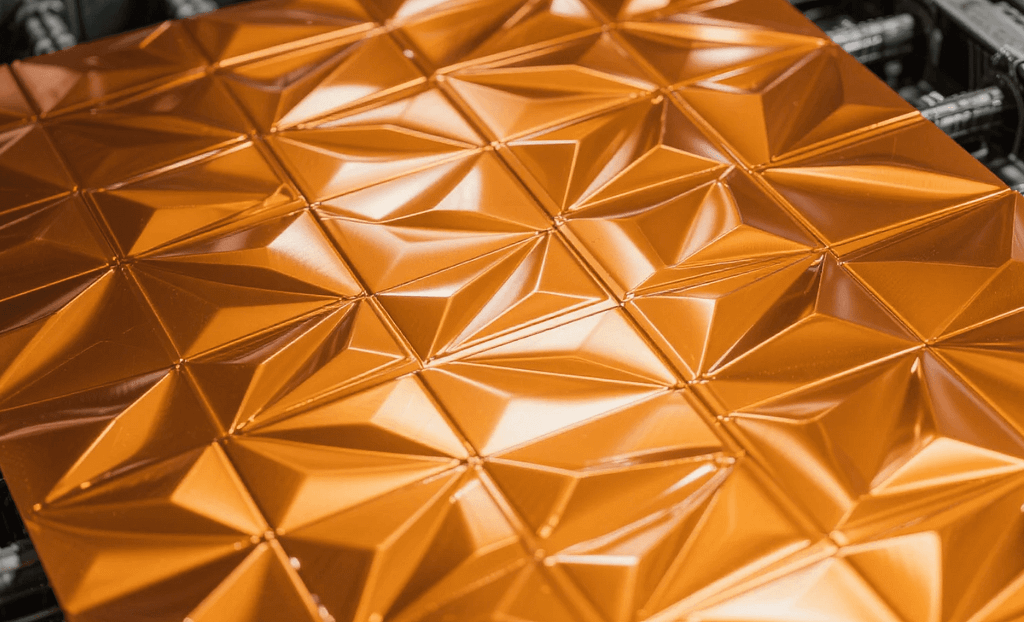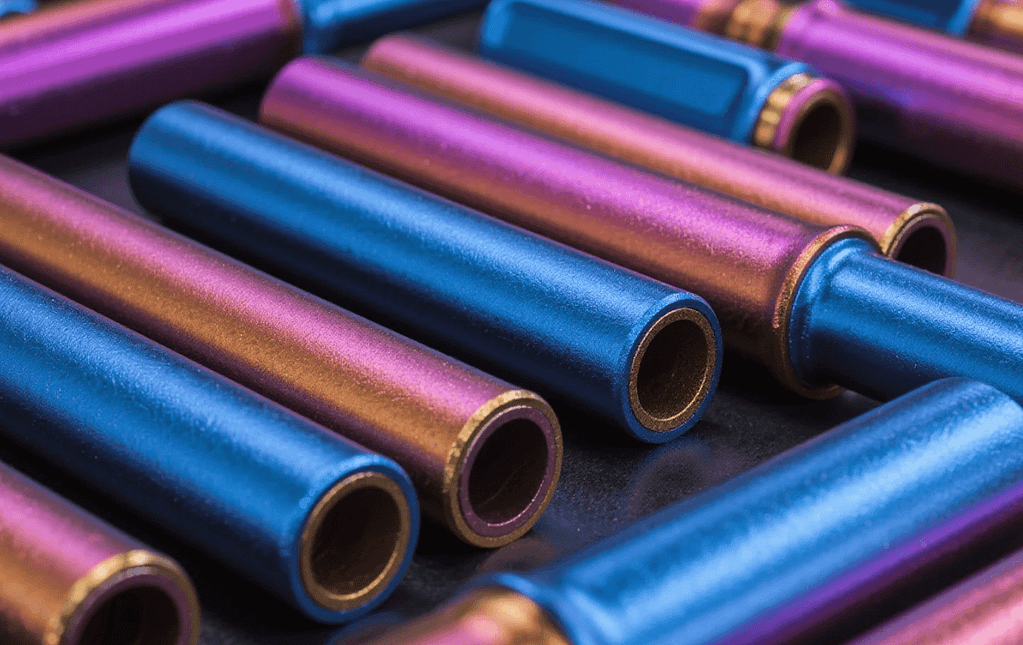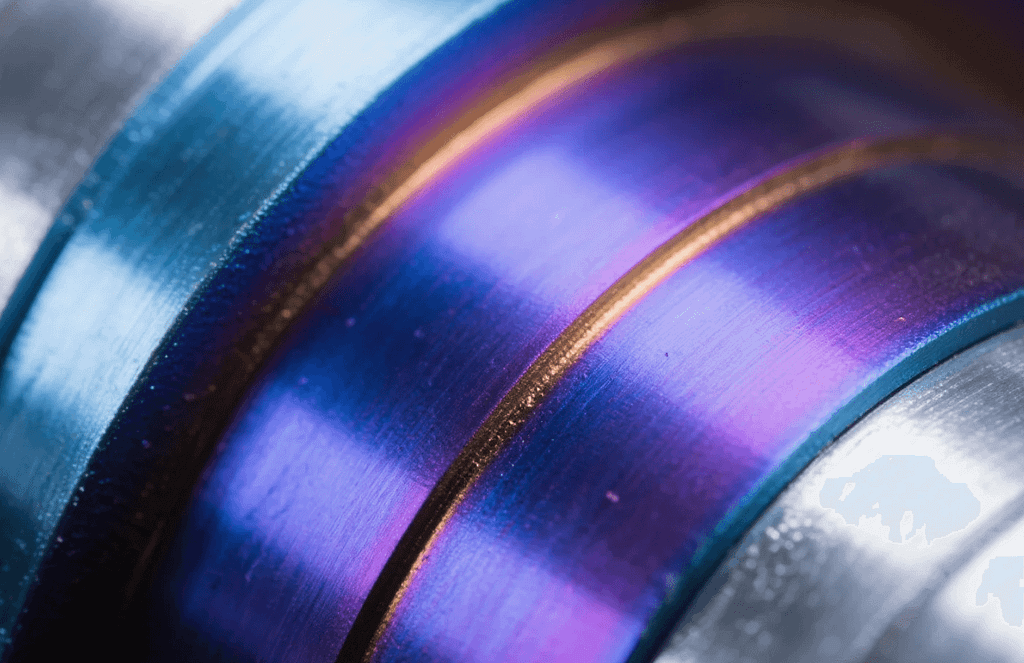In the dynamic world of precision manufacturing, where the smallest tolerances and highest material integrity are non-negotiable, the choice of surface finish is as critical as the machining process itself. For users of precision machining services, particularly those utilizing aluminum and its alloys—the workhorse of modern industry—understanding the value of an advanced surface treatment is paramount. Specifically, the electrochemical process known as anodization stands out as an indispensable technique, transforming raw metal into a highly durable, functional, and aesthetically superior component. This comprehensive guide will explore the depth of this technology, focusing on its profound application within the realm of high-specification, precision-engineered products.
Understanding the Core of Anodization

Anodization is not merely a coating; it is an electrochemical conversion process that fundamentally alters the surface of a metal part, most commonly aluminum. The name itself is derived from the fact that the metal component is submerged in an electrolyte bath and acts as the anode (positively charged electrode) in an electrical circuit. Consequently, a meticulously controlled form of oxidation occurs.
Unlike paint or electroplating, which deposit a separate layer onto the surface, anodization essentially grows a protective oxide layer out of the base material. The resulting aluminum oxide layer is remarkably hard, tightly integrated with the underlying aluminum substrate, and significantly thicker than the natural oxide film that forms when aluminum is exposed to air. This integral bond is the core reason why the finish will not chip, peel, or flake, providing longevity that other finishes simply cannot match. Thus, for precision components subjected to intense operational environments, this durable, integrated layer is a critical performance factor.
The Indispensable Benefits in Precision Manufacturing

The benefits of utilizing anodization on precision machined components extend far beyond a basic surface-level aesthetic. They address critical performance requirements demanded by demanding industries like aerospace, medical devices, automotive, and electronics.
Enhanced Durability and Wear Resistance
The aluminum oxide layer created during the anodization process is exceptionally hard, second only to diamond on the Mohs scale of mineral hardness for some Type III applications. This inherent hardness significantly boosts the component’s resistance to abrasion and general wear and tear. Therefore, parts that involve repeated friction or high-contact usage—such as pistons, gears, optical housings, or high-wear industrial components—gain a substantial increase in service life. Furthermore, the hard anodic film provides a non-galling surface, which is crucial for precision assemblies where smooth, reliable motion is required without the risk of metal seizure.
Superior Corrosion Protection
Aluminum, while inherently corrosion-resistant, can still suffer from deterioration, especially when exposed to harsh chemicals, saltwater, or acidic environments. Anodization provides an impermeable, controlled barrier. The thick, inert oxide layer effectively shields the underlying base metal from environmental aggressors, dramatically extending the component’s lifespan and maintaining its functional integrity in challenging conditions. The process of sealing the porous oxide layer, a crucial final step, ensures this barrier is maximized, making the finish ideal for exterior applications or highly sensitive medical equipment.
Dimensional Stability and Precision Tolerance
In precision engineering, maintaining tight tolerances is everything. One significant advantage of certain anodization types, particularly Type I (Chromic Acid Anodizing), is the formation of a very thin film that minimally impacts dimensional stability. For components machined to critical tolerances—where a thick coating would necessitate compensatory machining—Type I provides excellent corrosion resistance while virtually maintaining the original part geometry. Even with thicker coatings like Type II (Sulfuric Acid Anodizing) and Type III (Hardcoat Anodizing), the growth of the film is highly predictable and controllable, allowing expert machinists to pre-compensate for the layer thickness, thereby ensuring the final component meets all print specifications precisely.
Aesthetic Versatility and Brand Identity
While functionality is paramount, aesthetics often play a vital role, especially in consumer electronics and high-end industrial design. Anodization excels here too. The porous nature of the Type II film allows it to readily accept a wide variety of organic and inorganic dyes before sealing. This enables manufacturers to color-code components for assembly and identification or to align parts with specific brand aesthetics, from vibrant reds and blues to deep, classic blacks. The finished surface offers a uniform, clean, and professional appearance that enhances the perceived quality of the product.
Exploring the Key Types of Anodization

Not all anodization processes are created equal; the specific application dictates the appropriate type of finish. Precision service users should be familiar with the two most common types:
Type II: Sulfuric Acid Anodization (Conventional Anodizing)
Type II is the most prevalent form of anodization. It provides a good balance of corrosion resistance, durability, and a wide range of color options. The coating thickness is moderate, typically ranging from 0.0002 to 0.001 inches. It is primarily used for components that require an attractive finish combined with general-purpose protection, such as electronic enclosures, front panels, and general structural parts.
Type III: Hardcoat Anodization (Hard Anodizing)
When maximum durability and wear resistance are required, Type III is the necessary choice. Utilizing a colder, more controlled electrolyte bath and higher current, this process generates a significantly thicker and harder coating, often 0.001 to 0.002 inches thick. Hardcoat anodization is specifically engineered for parts exposed to extreme wear, high temperatures, or corrosive industrial environments, making it essential for military, aerospace, and high-performance industrial equipment. While it provides a naturally darker, often gray/black finish, its function prioritizes mechanical performance over decorative color.
Anodization in the Modern Manufacturing Ecosystem
Adopting anodization is a responsible choice within the modern manufacturing landscape. The process is inherently clean, involving fewer toxic heavy metals compared to some traditional plating methods. This aligns with the increasing global emphasis on sustainable and environmentally conscious manufacturing practices.
For Captec Precision, the commitment to providing expert anodization services is a testament to the understanding that the surface finish is the final, critical step in the value chain. By integrating this advanced surface technology, we ensure that the precision achieved during the CNC machining phase is protected and enhanced, guaranteeing a component that performs optimally and reliably for the intended life cycle. Ultimately, choosing anodization is an investment in longevity, performance, and aesthetic quality—a decision that yields tangible returns for every precision manufacturing client.
Frequently Asked Questions (FAQ)
Q1: Does the anodizing process affect the original size of my precision part? A: Yes, anodization does add thickness to the surface. However, the growth is predictable. Approximately one-third of the oxide layer penetrates the substrate, and two-thirds grow outward. Precision machinists compensate for this growth during the initial machining phase to ensure the final, anodized part meets the required specifications and tolerances perfectly.
Q2: Can all aluminum alloys be anodized? A: Most common aluminum alloys can be anodized, but results vary. Alloys like 6061 and 7075 yield excellent finishes. High-copper or high-silicon alloys (like some casting materials) can be more challenging, often resulting in darker, less uniform, or thinner coatings. Consult with your precision service provider to ensure your chosen alloy is suitable for your desired anodization type.
Q3: Is the anodized layer electrically conductive? A: No. The aluminum oxide layer created by anodization is naturally non-conductive, acting as a dielectric insulator. This property is highly beneficial in electronics and electrical enclosure applications where current flow must be isolated or minimized.
Q4: How does hardcoat (Type III) anodizing compare to regular (Type II) anodizing? A: Hardcoat anodization (Type III) is significantly thicker and much harder than conventional (Type II). Type III is engineered for maximum wear and abrasion resistance in highly demanding mechanical applications, while Type II offers a balance of durability, corrosion resistance, and superior aesthetic appeal (color options).